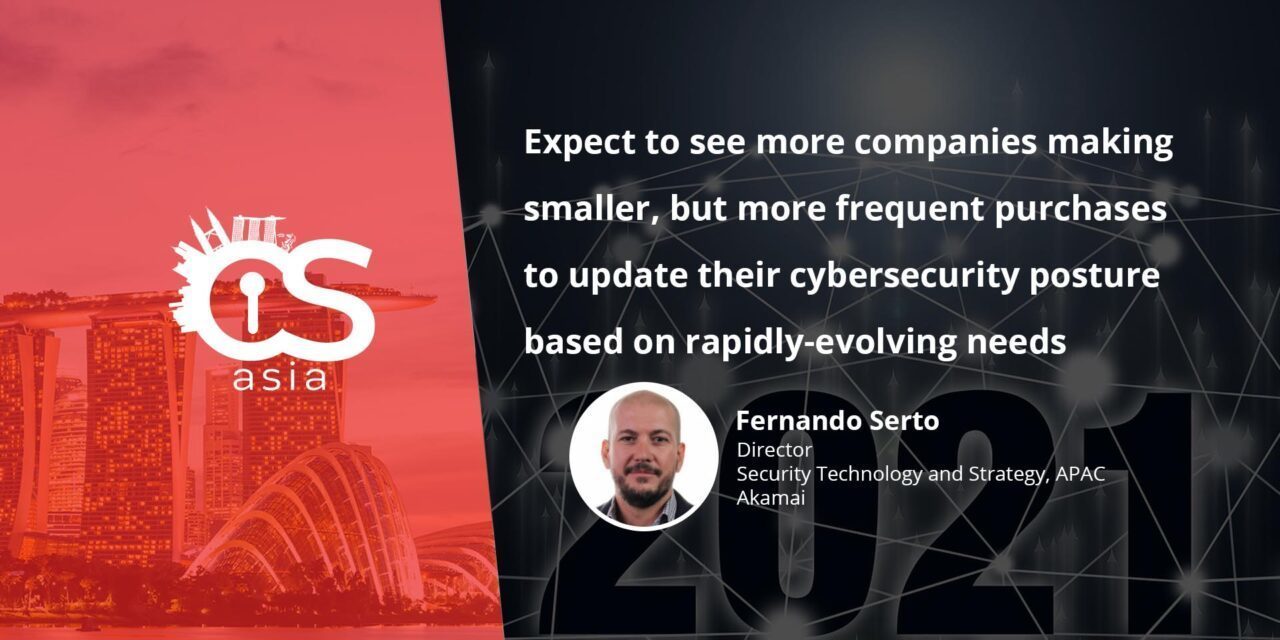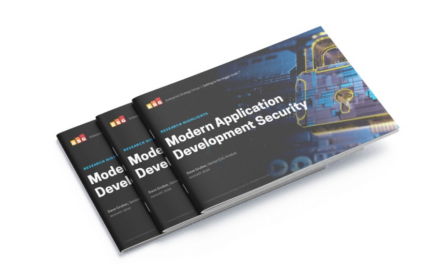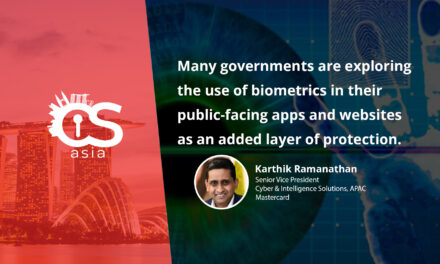When a company such as Akamai—which secures and delivers digital experiences for the world´s largest companies—scours its data to craft predictions for 2021—it reflects how our ‘intelligent edge platform’ has stood up this year, and how we expect to influence everything next year—from the enterprise to the cloud—so that customers and their businesses can be fast, smart, and secure.
Without further ado, here are four Akamai-centric predictions for the next year:
- The criticality of the Edge in 2021
The transition from traditional broadcast to online viewing has seen more content moving online at higher and higher levels of quality. As such, the Internet will face even greater pressure. Technologies like 5G, while promising increased ‘last-mile’ bandwidth, will add to the pressure by allowing users to demand more from the parts of the Internet that are constrained. As traffic continues to grow, Edge security will become increasingly critical to ensuring a strong security posture—while balancing the need for speed, quality and resiliency that we have come to expect when we are online. - Corporate and personal boundaries will continue to blur
This will make endpoints one of the weakest links and will accelerate adoption of zero-trust access in 2021.
As hybrid working arrangement gain momentum in 2021, the lines between different security environments such as home/work, inside/outside will continue to blur, becoming even more fluid. As more personal apps such as WhatsApp are installed on corporate devices and more personal devices will be used for corporate access, the challenge will mean a higher potential for an employee to bring security risks into an organization, making the endpoint one of the weakest links.
Previously-held notions of inside/outside will need to be discarded, and IT professionals will need to treat every environment with the same level of protections, irrespective of where or who a user is.
With a zero-trust access approach, security can be more dynamic and adaptive to meet the changing needs of companies well beyond the next year. - Demand for skilled cybersecurity professionals will continue to rise
With the attack vectors growing larger and more complex, it will become increasingly harder to find skilled cybersecurity professionals with sufficient experience to address all manner of complexity in a given situation.
Therefore, in 2021, expect to see an increase in the adoption of managed services around threat detection and response, as more companies consider managed services alongside their purchasing decisions for cybersecurity products. - Purchasing cycles and agile cybersecurity
When it comes to cybersecurity, tender processes and budget cycles have traditionally been large-scale, and slow. This has often left organizations vulnerable from a security perspective whilst waiting for procurement processes to play out.
Additionally, more than ever before, CISOs will need to take into account the flexibility of their business situation and cybersecurity infrastructure into every aspect of their planning process.
Therefore, in 2021, expect to see more companies making smaller, but more frequent purchases to update their cybersecurity posture based on rapidly-evolving needs.





















